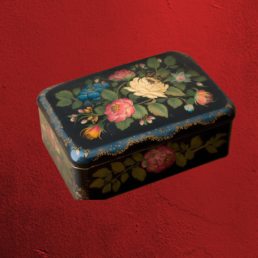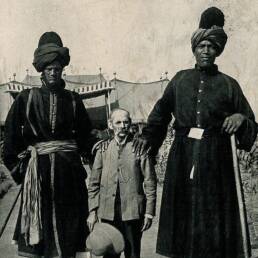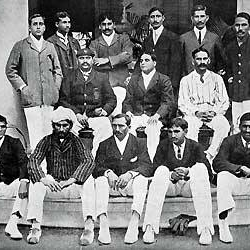Picture this: the dazzling Nicole Kidman takes the stage on a cabaret show and sings out loud “Chamma chamma baaje re meri paijaniya”.
But here’s a twist: it was actually one of our “annoying” Indian habits that played its part in making it happen. Intrigued?
You’re in for a treat, cinephiles. You may have already guessed this was the unforgettable climax of the 2001 masterpiece Moulin Rouge, a spectacle that garnered eight Academy Award nominations, winning two. But, what’s the deal with India? There’s more to the story.
It all started with a trip to India that director Baz Luhrmann took in the early 90s. He was mesmerized by the vibrant colors, the music, and the overall energy of the country. He knew he had to incorporate some of these elements into his next project.
Enter Moulin Rouge, a film that is anything but conventional. Luhrmann wanted to create a musical that was modern, yet timeless. He drew inspiration from Indian cinema, particularly the over-the-top and fantastical storytelling, signature elements of Bollywood movies.
Kidman portrays Satine, the exquisite courtesan and Moulin Rouge sensation in late 1800s Paris. Christian, a budding poet, becomes enamored with her. The story culminates with Christian’s play, where romance bloomed between a stunning courtesan, and a talented sitar player.
Luhrmann also wanted to pay homage to classic Hollywood musicals, which is why the film features an eclectic mix of songs from different eras. But he didn’t stop there – he also incorporated Indian music into the soundtrack, including the chartbuster “Chamma Chamma.”
“Chamma Chamma” was originally featured in the 1998 Bollywood film China Gate, sung by Alka Yagnik and picturised on Urmila Matondkar. When Luhrmann heard the song, he thought the song’s energetic beat would be the perfect accompaniment to the film’s climactic scene.
And he was right. The scene in question is the film’s climax, where the characters sing a post-modernist medley of different songs. “Chamma Chamma” kicks in towards the end titled as ‘’Hindi Sad Diamonds”, and it’s impossible not to tap your feet along with the beat.
Luhrmann’s use of “Chamma Chamma” is a testament to his creativity and his willingness to take risks. It’s not often that a Bollywood song makes its way into a Hollywood movie, but Luhrmann’s vision knew no bounds.
Moulin Rouge skillfully blends a multitude of influences, with much of its distinctive style originating from Luhrmann’s trip to India during his work on A Midsummer Night’s Dream in 1993 where a visit to a public theater in Rajasthan with his wife blew his mind. Showtime!
Luhrmann witnessed a novel phenomenon in Rajasthan. Unlike in the western world, where movie-watching is treated as a sacred act of reverence, the audience there chatted, sang, and even took smoke breaks during the film’s three-and-a-half-hour runtime.
”We thought we had suddenly learnt Hindi. We thought it was incredible. How involved the audience were. How uncool they were – how their coolness had been ripped aside and how they were united in this singular sharing of the story. Could we ever do that in the West?”
Have you ever felt frustrated by chatting or phone calls in a movie theater? Perhaps annoyed by the cheers and noise? Well, Luhrmann found himself enamored with the lively interaction and expression of Indian moviegoers and sought to replicate that same energy in Moulin Rouge.
In front of a packed audience at the National Film Theatre in London, Luhrmann expressed, “I was directly influenced by Bollywood and I am very, very happy about it. I owe much to my experiences in India. Indian films have had a direct, direct influence on me.”
Moulin Rouge is a masterpiece that draws inspiration from different cultures and musical styles. And the use of “Chamma Chamma” is just one example of how Luhrmann’s trip to India shaped the film. So the next time you watch Moulin Rouge, make sure you’re all ears for that iconic Bollywood beat.
Sources:
- Meenakshi Shedde, Bollywood Cinema: Making Elephants Fly, Cinéaste, https://www.jstor.org/stable/41690002
- Amit Roy, MOULIN ROUGE SINGS INDIAN TUNE, The Telegraph, https://www.telegraphindia.com/india/moulin-rouge-sings-indian-tune/cid/918292
- Guardian Interview with Baz Luhrmann, The Guardian, https://www.theguardian.com/film/2001/sep/07/1
Image attribute:
- Kevinross9, Luhrmann in 2018, CC BY-SA 4.0 from Wikimedia commons




